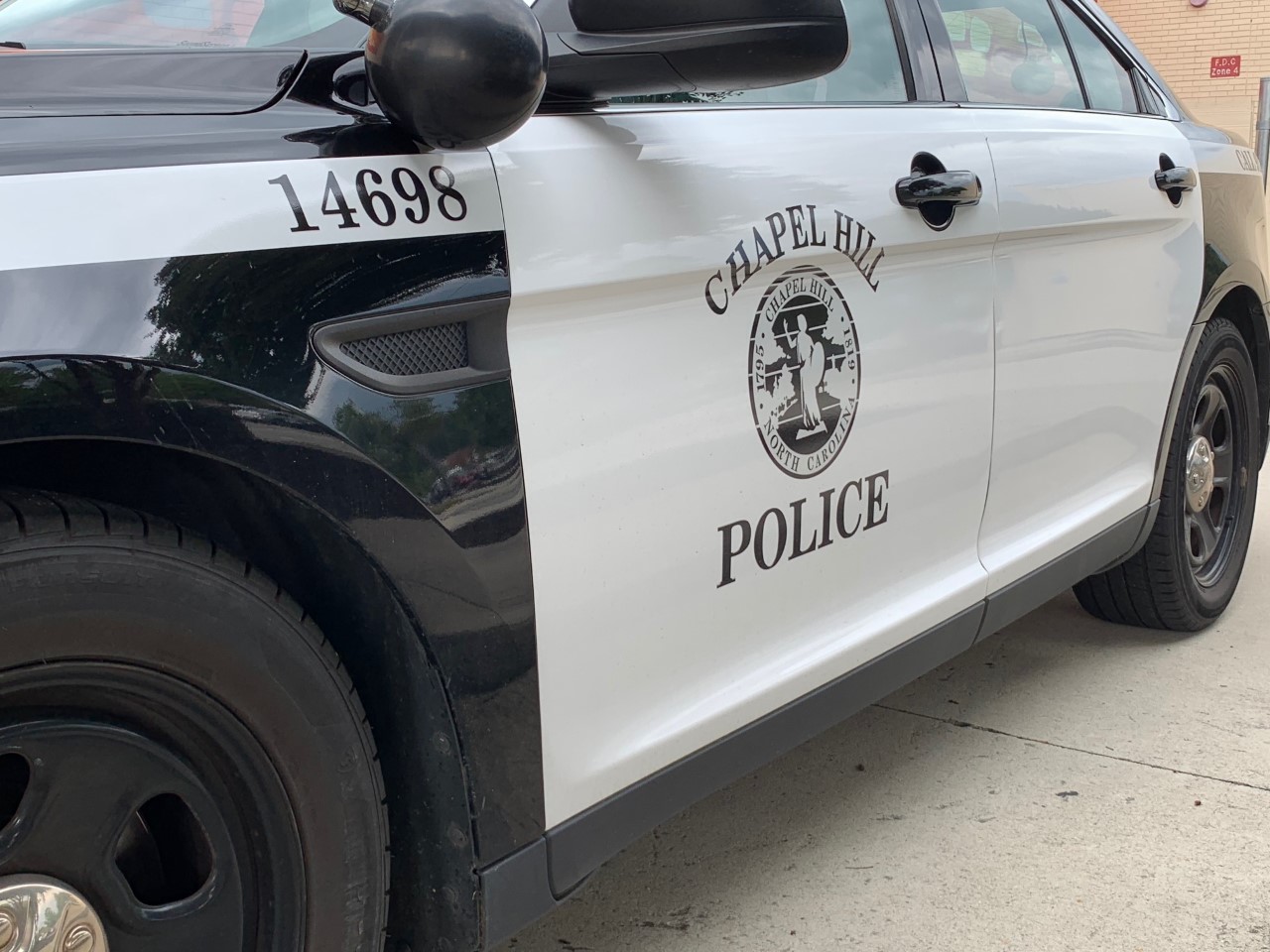A new emergency services facility may be coming to Chapel Hill, but the debate on the suitability of its proposed location is simmering as the approval process continues.
Town officials hosted a meeting on Monday to address grievances issued by residents like Randall Barrow, who claimed that consolidation may not be apt.
“Suddenly, there’s this big panic like, ‘Oh my gosh, we’ve got to put the police and fire in the thing,'” he jested. “Why do we got [sic] to cram all this into one sausage casing?”
The facility would house the Chapel Hill Police Department along with other agencies as part of a joint venture between UNC-Chapel Hill and the municipal government.
According to local resident Ann Loftin, the plan to build the facility on university-owned land leased for a nominal amount to the town may have unforeseen consequences.
“We’re now going into an arrangement whereby this is a renting thing from UNC, and it’s a nod and a wink, and who knows how that’s all going to play out,” she mused. “Let’s fix the nest we’ve already fouled.”
Those concerns may be overblown based on statements from Mary Jane Nirdlinger, who explained that her department is working with the future of the town in mind.
“What we’re trying to accomplish is to identify opportunities to serve the town today and for a long time in the future,” she noted. “We’re trying to think about Carolina North, about the center of town, not just today or two years from now, but 50 years from now.”
As the executive director of municipal planning, Nirdlinger presided over the meeting while answering questions and providing a platform for residents in attendance.
The issues brought to her attention were many, with Loftin expressing concern over developing land on Estes Drive for the facility that may have environmental importance.
“Is there a real need to develop this last little piece of undeveloped property that acts as an environmental buffer and a flood control buffer,” she asked.
Barrow also explained that Estes Drive is a two-lane road, which may confound the ability of first responders to maneuver through traffic in the vicinity during peak hours.
“If you have emergency vehicles going out and you’ve got a two-lane road, where’s the traffic supposed to pull over, because state law requires us to be in the other lane” he posed. “It’s not going to part like the Red Sea.”
Issues notwithstanding, Nirdlinger surmised that collaborating with the university on enhancing local emergency services would be a worthwhile endeavor.
“We have some aging facilities, we’ve got staff needs and program needs that serve the community, and we don’t really have the right place to do that,” she explained. “This site […] was obviously very attractive because it is an opportunity to partner with the university.”
The Chapel Hill Town Council is expected to consider that endeavor in subsequent meetings while discussions between university officials and civil servants continue.
Related Stories
‹

Section of Estes Drive Back Open Following Downed Power LinesThe road is back open, according to Chapel Hill Police. #EstesDr has reopened. #ThankYou for your patience. @chpublib @chccs @CarolinaChamber https://t.co/Q1iqyRItH4 — Chapel Hill Police (@ChapelHillPD) August 5, 2020 A section of Estes Drive is closed due to downed power lines. According to Chapel Hill Police, Estes Drive is closed from Halifax Road to […]

Second SECU Robbed In Chapel Hill; CHPD Names SuspectFriday's robbery on Elliott Road was carried out in a similar fashion to another SECU branch robbery on Pittsboro Street Tuesday.

Fire Extinguished at Carrboro Apartment ComplexCarrboro emergency officials said in an update Tuesday evening that the fire was out and that access to the apartment complex was reopened.**** Carrboro Fire crews are on the scene at Estes Park Apartments due to a reported structure fire. Carrboro Police said that the fire is causing traffic delays on Estes Drive. There […]

Hometown Hero: Chapel Hill Police Officer Phil SmithThis week’s Hometown Hero is Chapel Hill Police special events officer Phil Smith! Ron Stutts spoke with Police Chief and Executive Director for Community Safety Chris Blue about the impact that Phil has had on the community and the valuable work that he does for special events in the area. “For a number of years now, […]
![]()
Former Chapel Hill Council Member Presents Petition Regarding Removal of Silent SamA former Chapel Hill Town Council member brought a petition to the council earlier this month with the goal of keeping Chapel Hill police from helping with UNC sporting events until Silent Sam comes down. The petition was presented at a town council meeting earlier this month by former town council member Maria Palmer, who […]
![]()
Pedestrian Struck by Vehicle, Killed in Chapel HillA pedestrian was struck and killed by a vehicle in northern Chapel Hill on Tuesday night. Police officials said the collision was on Martin Luther King Junior Boulevard at Westminster Drive near the intersection with Weaver Dairy Road. Authorities say the wreck was reported around 9:30 p.m. The cause of the accident is under investigation […]
![]()
Chapel Hill Police Investigating Second Armed Robbery of WeekendChapel Hill Police are asking for public assistance in locating and apprehending a suspect in connection with a robbery Saturday afternoon. This is the second reported robbery of the weekend in Chapel Hill. Police said the second incident occurred in the area of Kensington Trace Condominiums around 12:20 p.m. The suspect and victim had arranged […]
![]()
Jones Ferry Road in Carrboro Reopens After Police ChaseJones Ferry Road in Carrboro has reopened and a suspect is facing charges after a police chase earlier this morning. Authorities confirmed that a suspect fled Carrboro Police, which led to a wreck that closed the thoroughfare before nine o’clock Wednesday morning for a little more than an hour. Carrboro Police Captain Chris Atack said […]
![]()
Missing Teenager Reported in Chapel HillAustin was found safe on Sunday, according to police.**** A missing persons report is being disseminated by the Chapel Hill Police Department regarding Nyanna Arie Austin, a teenager who has not been seen since yesterday afternoon. Austin was last spotted near Phoenix Academy in a navy blue windbreaker with a Carolina blue stripe, light […]
![]()
Joint Police Station Concept in Chapel Hill Prompts Public MeetingA new emergency services facility may be coming to Chapel Hill, but the debate on the suitability of its proposed location is simmering as the approval process continues. Town officials hosted a meeting on Monday to address grievances issued by residents like Randall Barrow, who claimed that consolidation may not be apt. “Suddenly, there’s this […]
›





